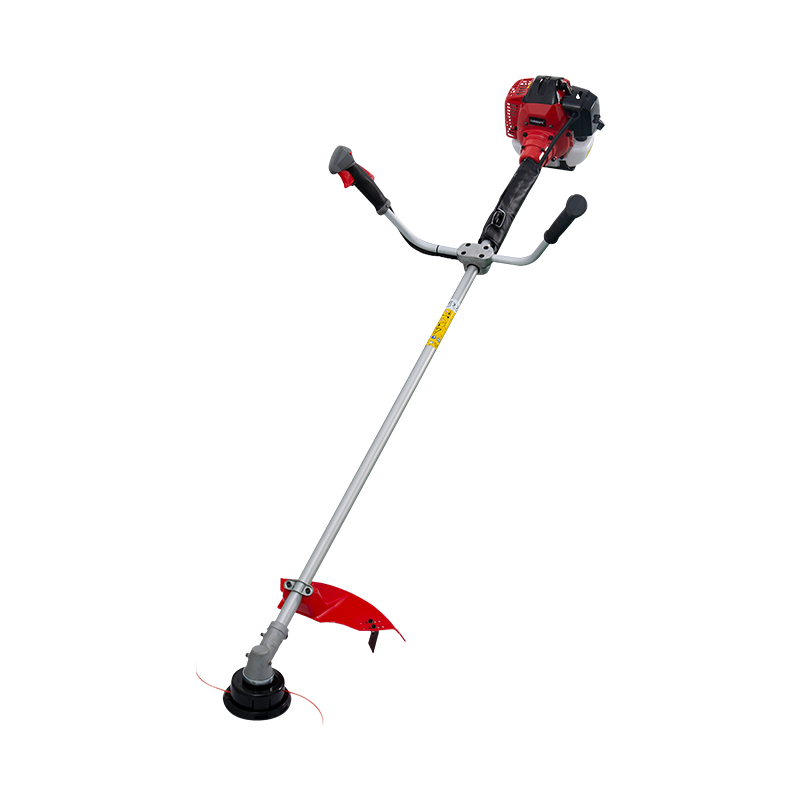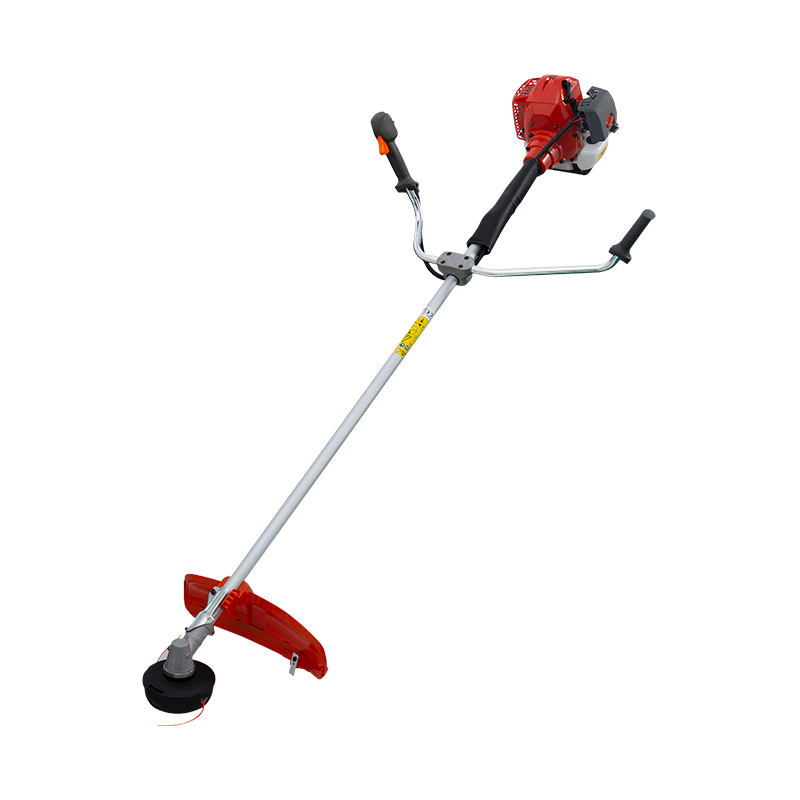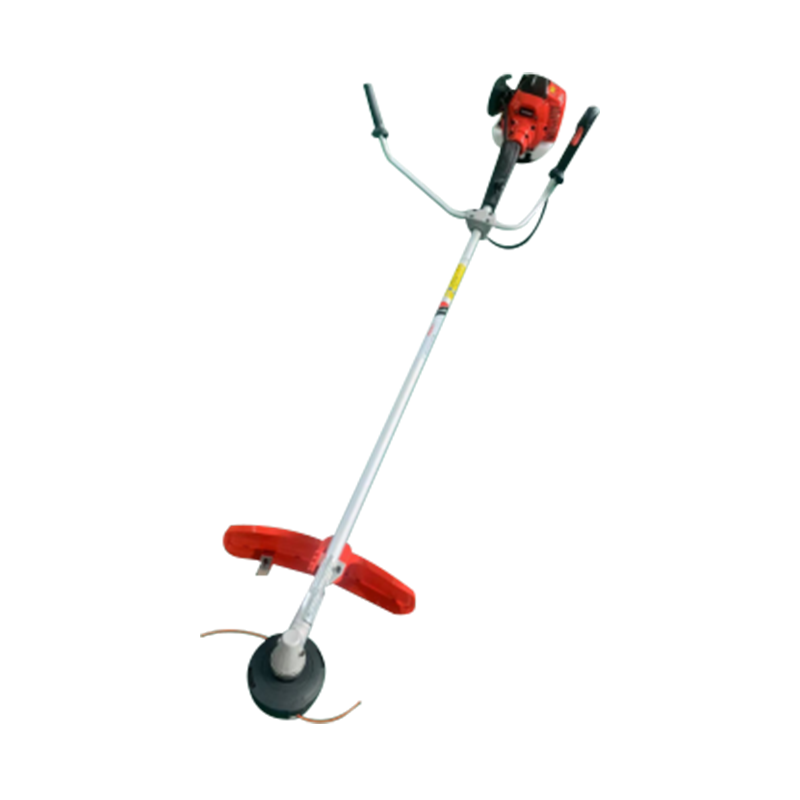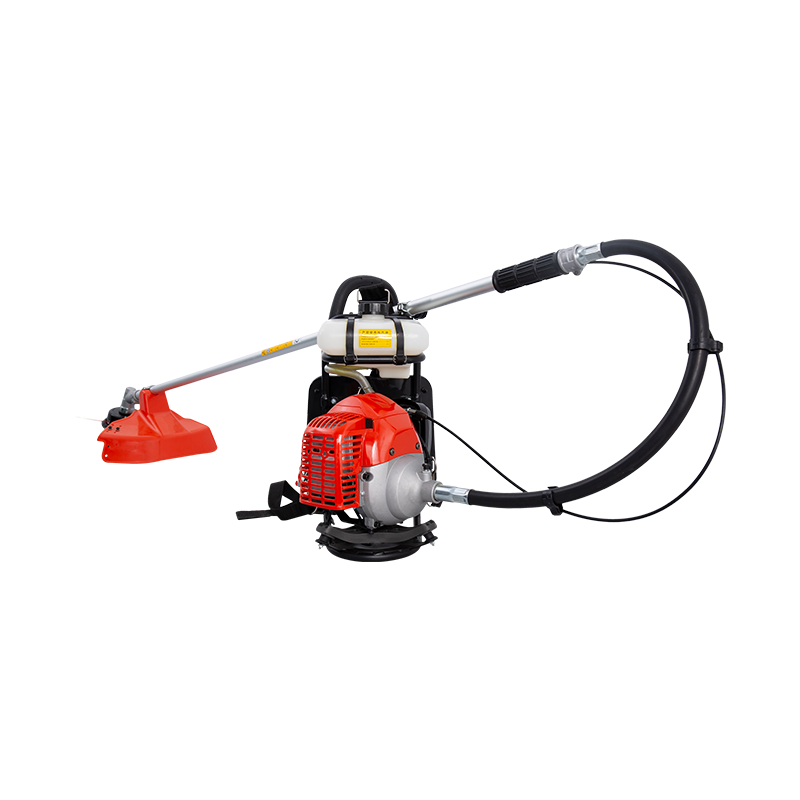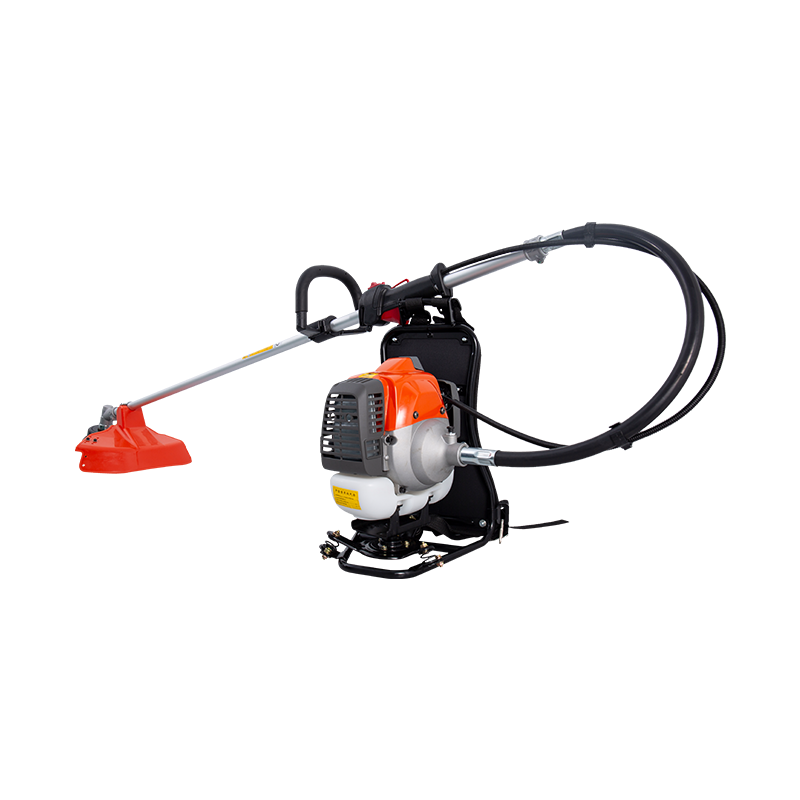During the operation of the air-cooled brush cutter, the engine continues to run at a high intensity, and the air-cooling heat dissipation system removes heat through air flow, ensuring that the engine is always in a suitable operating temperature range, thereby ensuring the overall performance of the lawn mower is stable.
The close connection between heat dissipation and power output
The heat dissipation effect of the air-cooled brush cutter is closely related to the power output. As the power core of the lawn mower, the engine burns violently when the internal fuel burns violently to generate a large amount of heat energy. If the heat dissipation system cannot dissipate the heat in time, the engine temperature will rise rapidly. In a high temperature environment, the fuel in the engine cannot be fully burned, resulting in reduced combustion efficiency. This not only causes fuel waste, but also directly weakens the power output of the engine. Ordinary meadow operations that could originally be easily handled may be difficult to cut even thinner grass stems smoothly when the engine temperature is too high, not to mention dealing with tough weeds, which greatly affects the normal operation of the lawn mower. A good air-cooling heat dissipation system can dissipate the heat generated by the engine to the surrounding environment in time, ensure that the fuel is fully burned at a suitable temperature, and provide strong power for the lawn mower to maintain efficient operation in various mowing operations.
The decisive role of heat dissipation in mowing efficiency
The quality of the heat dissipation system directly determines the working efficiency of the lawn mower. When the lawn mower is in hot summer or working at high intensity for a long time, poor heat dissipation will cause the engine temperature to continue to rise, which will cause a series of problems. The decrease in engine power leads to a weakened cutting ability of the lawn mower. The mowing task that could have been completed quickly becomes slow and difficult due to poor heat dissipation. Each cutting requires more time and energy, which greatly reduces the overall mowing efficiency. High temperature may also cause the engine to malfunction and shut down, increasing the cost of maintenance and downtime. On the contrary, an efficient air-cooling heat dissipation system can keep the engine at a reasonable temperature and maintain stable power output. Whether it is mowing a large area of lawn or mowing in complex terrain, good heat dissipation can allow the lawn mower to complete the work quickly and efficiently, meeting the user's needs.
The role of heat dissipation in protecting the service life of lawn mowers
The air-cooled heat dissipation system plays a vital role in extending the service life of lawn mowers. There are many precision parts inside the engine. The physical properties of these parts will change in high temperature environments. Metal parts are prone to thermal expansion due to high temperature, which causes the fit clearance between parts to change and increases the degree of wear. High temperature will also accelerate the oxidation and deterioration of lubricating oil, reduce its lubrication performance, and further aggravate the wear of parts. The service life of internal parts of an engine that has been working at high temperature for a long time will be greatly shortened, which will not only increase the frequency of maintenance, but also may cause the engine to be scrapped prematurely. The heat dissipation system of the air-cooled brush cutter controls the engine temperature within a reasonable range through continuous and effective heat dissipation, reducing the deformation and wear of parts caused by overheating. Stable operating temperature can also ensure the stability of the performance of the lubricating oil and provide good lubrication protection for the engine. The air-cooled heat dissipation system of the air-cooled brush cutter shapes the core performance of the lawn mower in all aspects from multiple dimensions such as power output, work efficiency and service life. It ensures the stable operation of the lawn mower under various working conditions through precise control of the engine temperature, providing users with an efficient and reliable mowing operation experience.

 English
English Español
Español
